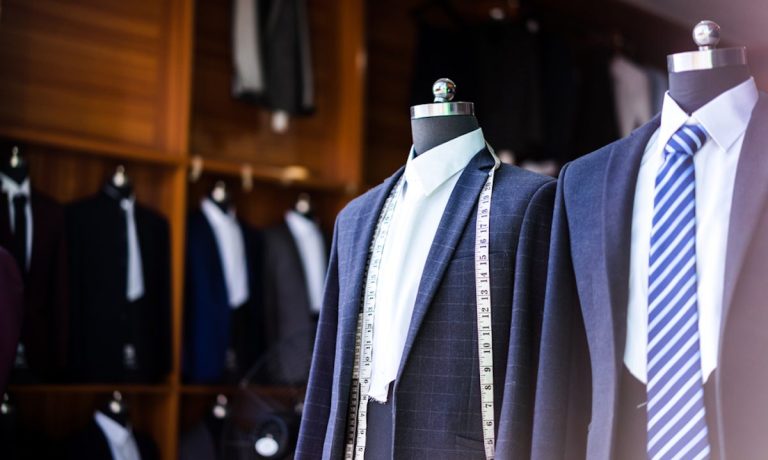
For many men, particularly young ones, the traditional way of buying a made-to-measure suit can be intimidating because of the many aspects that can be customized, as well as the time it takes to get a suit fitted.
“When a guy doesn’t know how to buy a suit, there are so many different combinations, they don’t know what a good quality suit is,” Moti Biya, founder of bespoke suit startup IZOTTI, told PYMNTS. “There are so many different aspects, and people a lot of times don’t understand the price.”
Biya, who was known by friends as someone who regularly wears suits, said that as he watched so much of the world shift online over the past several years, he recognized an opportunity to digitize the process of buying a suit and make it more accessible. Through IZOTTI, which launched in 2017, customers can upload photos of themselves to create a 3-D mannequin that tailors in Northern Italy and Portugal can use to make a suit.
“In creating the brand, I wanted to have a personalized experience so people could understand the basics,” Biya said. That means in part teaching consumers what constitutes a well-fitting suit, how to style a suit when wearing it and what to consider when buying their first suit. “That aspect of learning how to buy a suit the right way, no brand actually does that,” he noted. “It’s usually influencers or style magazines that will tell you that.”
A Digital Fit
IZOTTI is one of a growing number of brands and retailers utilizing technology to help consumers find the right fit. Walmart earlier this year acquired virtual fitting room firm Zeekit, an Israeli artificial intelligence (AI) startup. And last week, Gap Inc. acquired eCommerce startup Drapr, which allows consumers to create 3-D avatars and virtually try on clothing.
Read more: Gap Tackles ‘Fit Friction’ With Acquisition of Virtual Try-On Company Drapr
Sally Gilligan, chief growth transformation officer at Gap Inc., said that fit is the No. 1 point of friction for customers, but that “Drapr has shown it can help shoppers efficiently find the size and fit they need.”
According to PYMNTS’ Connected Economy research, digital tool use has become nearly ubiquitous among consumers, with 90% believing that digital connectivity has positive benefits. Nearly 32 percent of consumers are highly connected shoppers, with the average age of highly connected shoppers just over 44.
See: Study: How 73M Highly Connected Consumers Are Pioneering the Connected Economy
Biya said he’s also trying to cut down on the amount of time it takes to buy and receive a made-to-measure suit, which usually requires a long wait because everything is done manually. To fix this, Biya spent time developing relationships with factories and tailors in Italy to put together a digital framework for different types of suits alongside the collection customers’ measurements.
“Tailors typically don’t like to measure people — they like to actually cut the garments and kind of do the sewing,” Biya explained. “So, we just automated that part and made it easy, so we already have the measurements.”
It takes about six to seven days for IZOTTI to make the full garment; with shipping, customers usually have their suit within 10 days. Biya noted, though, that IZOTTI is not fast fashion — the suits are made to last. “We want to establish ourselves as … slow fashion, and we take pride in it,” he said.
Looking to the Future
In the coming months, IZOTTI plans to launch a subscription service for made-to-measure dress shirts, as Biya said it can sometimes be difficult to get stylish dress shirts that fit. “If you want to get something that fits you well, it’s kind of a process,” he said. “It’s not so easy.” With the subscription service, customers would receive a box every month, quarter or season with a set of custom-tailored shirts. “If you’re looking for office-wear or evening-wear, you’ll have it delivered directly to you and it will fit perfectly,” Biya said.
When asked about opening a physical location, Biya told PYMNTS the idea doesn’t really appeal to him — “it’s been done, and there are a lot of tailors that are local and in every community.” He said it’s possible, though, that the brand may collaborate with malls, department stores or other brands with their own physical locations: “We can set up a kiosk and people can come and get measured and have it delivered to them.”